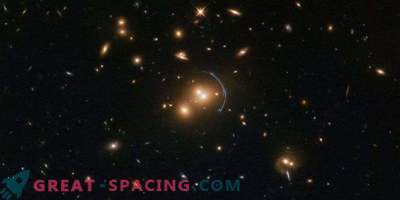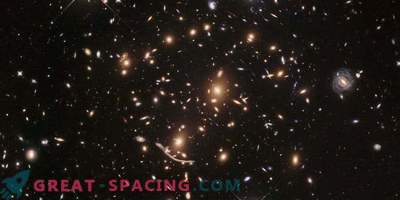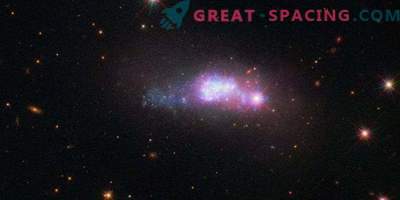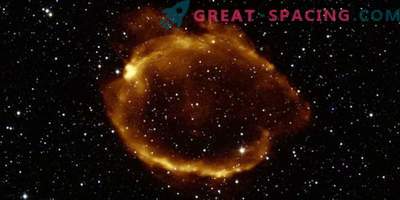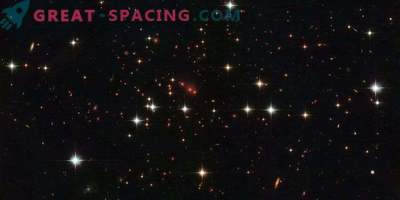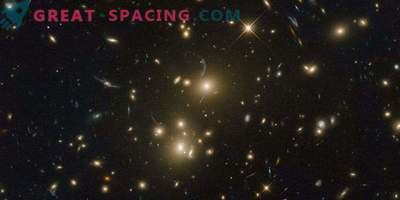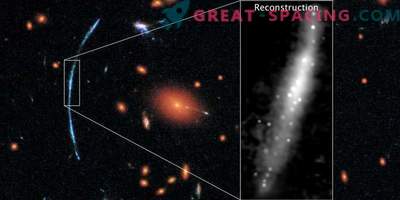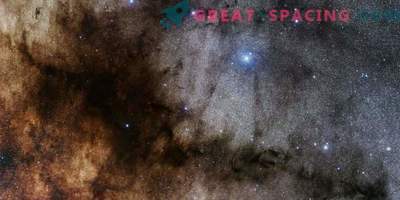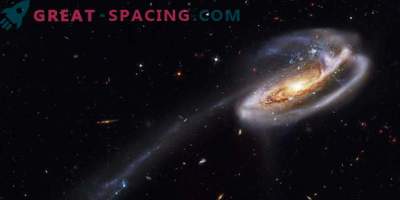
In the center of the picture you see the galaxy ESO 486-21. Refers to the spiral type, although irregular. The structure is rather fuzzy, and the object itself is 30 million light-years distant from us.
The Hubble Space Telescope was able to capture this formation in the process of observing 50 galaxies with stellar birth regions (LEGUS). This sample was chosen to explore the rate of birth of new stars, morphology, and also the galactic mass. Scientists are required to have similar information to disassemble the mechanism of creation and evolution of stars in clusters. ESO 486-21 is an ideal example, as it has gas and dust clouds in which new objects appear intensively. The project applied the Hubble 3 wide-angle camera and Advanced Camera for Surveys (ACS). The first one traced the parallel fields, and the second was fixed on a small celestial part, shifted from the center. This helped create a full picture. Parallel fields played an important role in the program of the telescope, which used the power of increasing large galactic clusters (gravitational lensing) to explore distant objects.

